An effective oil spill kit is essential for managing spills and preventing environmental damage. Key components...
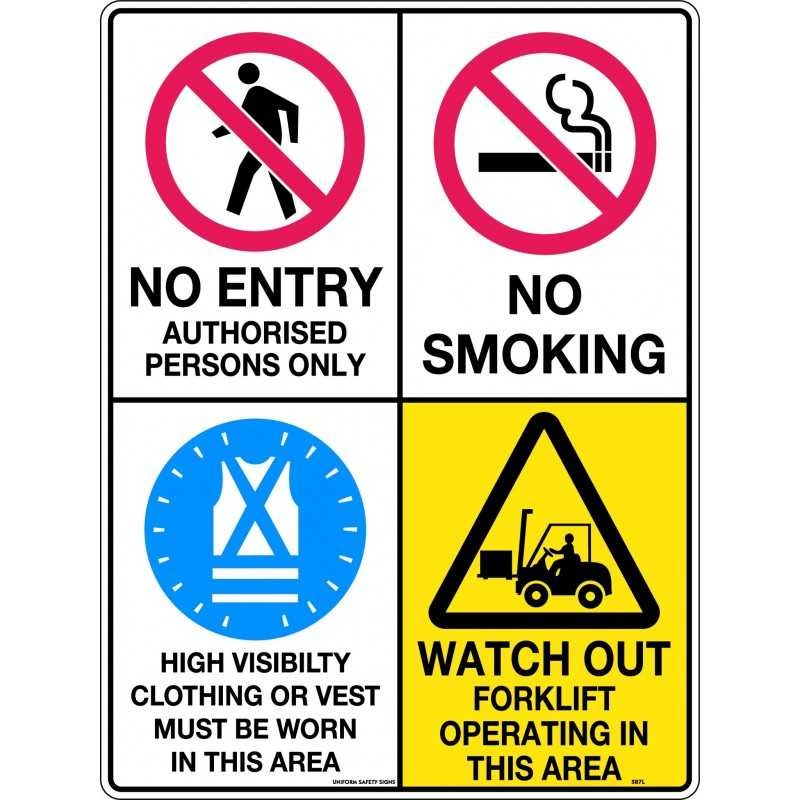
Workplace Safety Signs: Legal Requirements and Australian Standards
In the world of occupational health and safety, workplace safety signs play an important role in preventing accidents, injuries, and even fatalities. They are a visual language that communicates essential information to employees, visitors, and anyone in the vicinity of potential hazards.
Two critical questions often arise concerning safety signs in the workplace: Are safety signs required by law?
What are the Australian standards for safety signs?
Are Safety Signs Required by Law in the Workplace?
In Australia, the use of safety signs in the workplace is indeed mandated by law. This legal requirement is primarily aimed at safeguarding the well-being of employees and minimising the risk of accidents. The specific regulations governing safety signs may vary from one jurisdiction to another, but there are common principles that generally apply.
Key Legal Frameworks:
Work Health and Safety (WHS) Laws: In Australia, the primary legislation governing workplace safety is the Work Health and Safety Act 2011 (Cth). This act, along with its associated regulations, sets the framework for ensuring the health and safety of workers and others in workplaces.
Duty of Care: Under WHS laws, employers have a duty of care to provide a safe work environment. Safety signs are an essential tool in fulfilling this duty, as they effectively communicate hazards and precautions.
AS 1319-1994: While not a law itself, AS 1319-1994 is an Australian Standard that provides guidance on the design, selection, and application of safety signs. Compliance with this standard is considered a best practice and is often used as a benchmark for meeting legal requirements.
When Are Safety Signs Required?
Safety signs are typically required in situations where there are hazards that cannot be eliminated or controlled through other means.
These include but are not limited to:
Dangerous machinery and equipment:
Indicate moving parts, pinch points, or areas where personal protective equipment (PPE) is required.
Chemical storage:
Hazardous substances must be labelled with appropriate safety signs, indicating their potential dangers and safety precautions.
Emergency exits and evacuation routes:
Signs must guide employees and visitors to safety in case of fire or other emergencies.
Construction sites:
Temporary safety signs are often used to alert workers and the public to construction-related hazards.
Failure to comply with safety sign requirements can result in legal penalties, fines, and, most importantly, increased risk to employee safety.
Australian Standards for Safety Signs
To ensure the effectiveness of safety signs in preventing accidents, Australia has established standards that outline the design, colour schemes, and usage of safety signs. The most important standard in this regard is AS 1319-1994, titled "Safety Signs for the Occupational Environment."
Key Elements of AS 1319-1994:
Sign Design:
The standard provides detailed guidance on the design of safety signs, including the use of specific shapes and colours for conveying different types of information. For example, a red circle with a diagonal line (prohibition sign) indicates actions or items that are not allowed.
Size and Visibility:
It specifies the minimum size of safety signs and recommends ensuring their visibility under various lighting conditions.
Location and Placement:
AS 1319-1994 advises on the appropriate placement of safety signs to ensure they are easily seen and understood by employees and visitors.
Maintenance:
The standard outlines the importance of regularly inspecting and maintaining safety signs to ensure they remain effective.
Language and Text:
While English is the primary language used in safety signs, AS 1319-1994 suggests that additional languages may be used in certain circumstances, particularly if a significant portion of the workforce speaks a language other than English.
In conclusion, safety signs are not just a practical necessity but a legal requirement in Australian workplaces. Compliance with the Work Health and Safety Act, along with adherence to AS 1319-1994, ensures that employees and visitors are adequately informed about potential hazards, contributing to a safer work environment and the overall well-being of all stakeholders. Meeting these legal requirements is not just a matter of following the law; it's a commitment to protecting lives and promoting workplace safety.


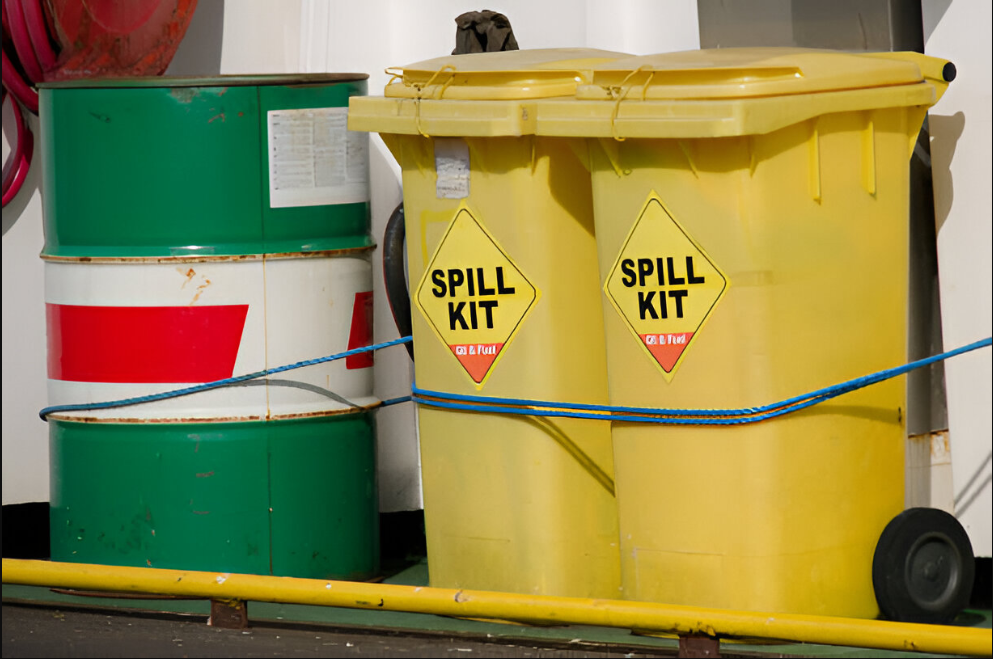
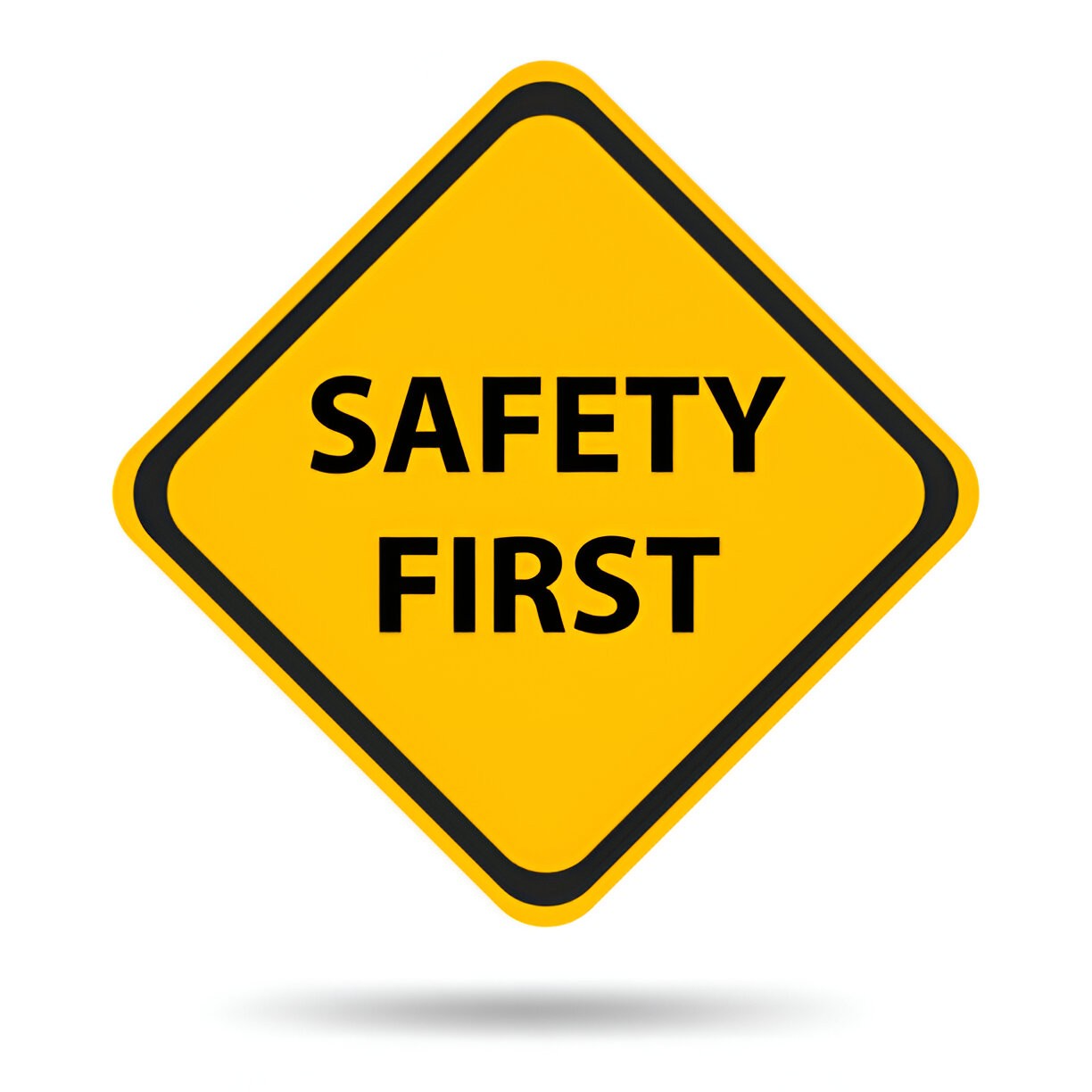

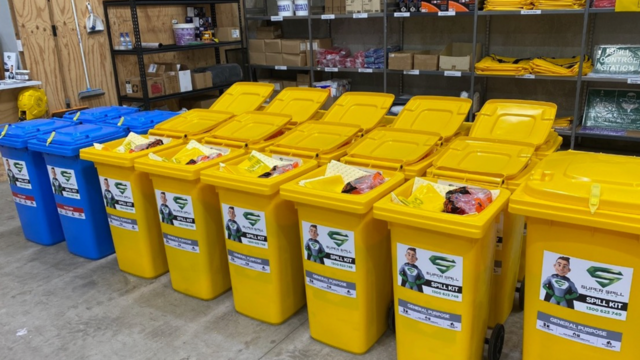


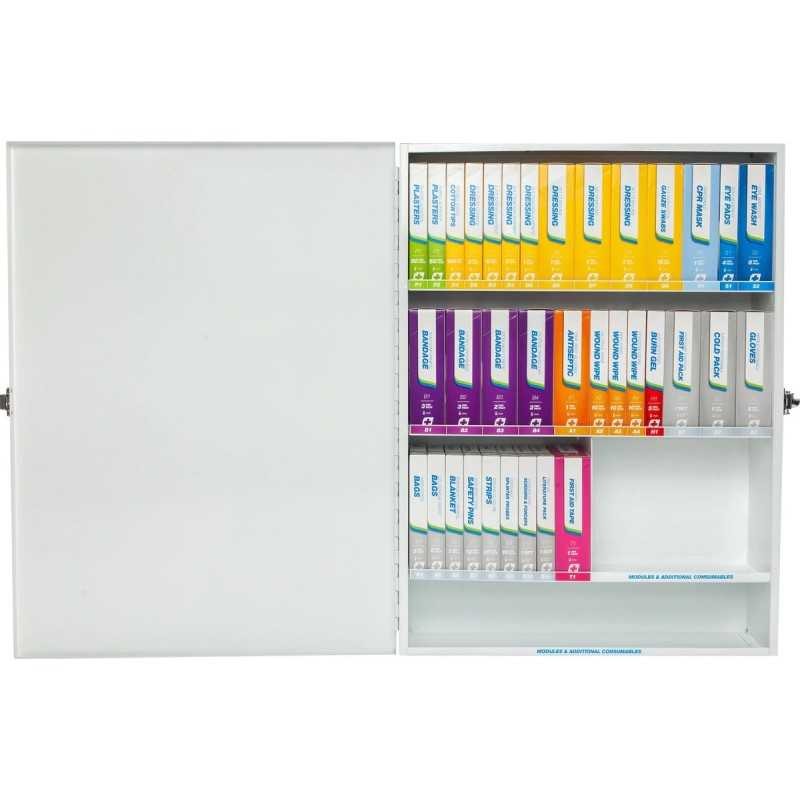
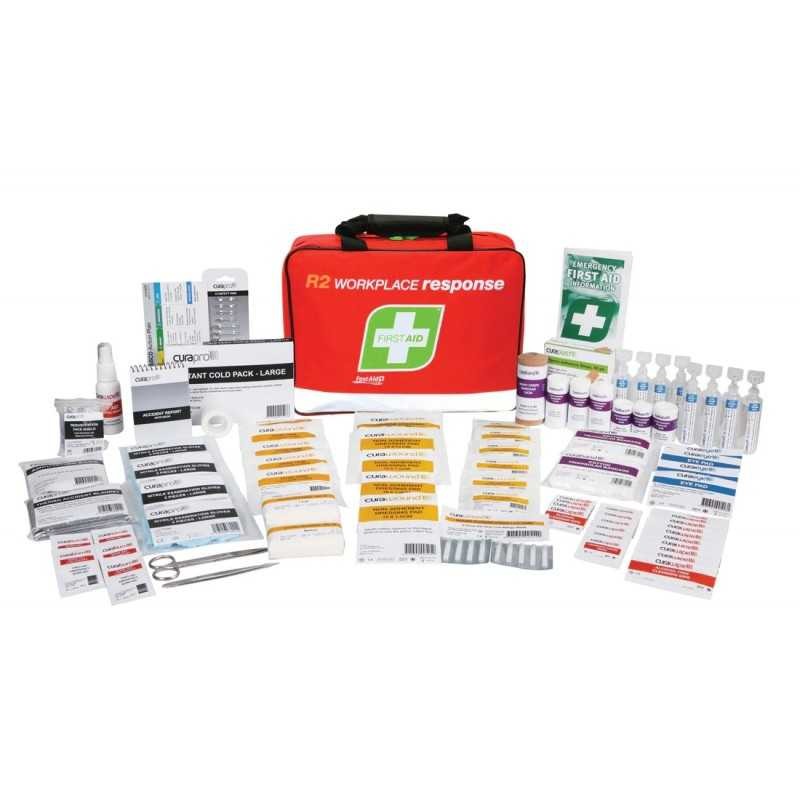

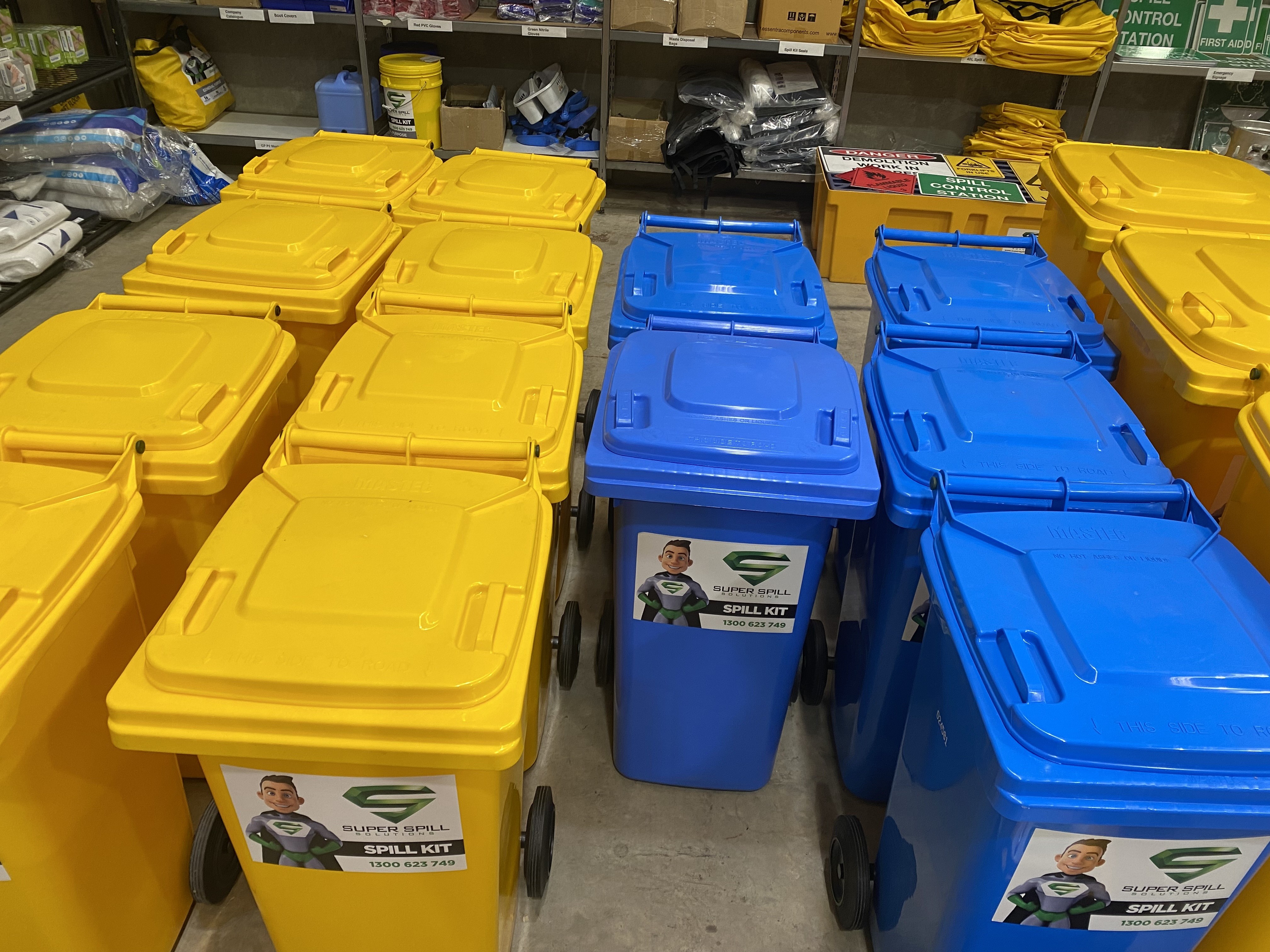
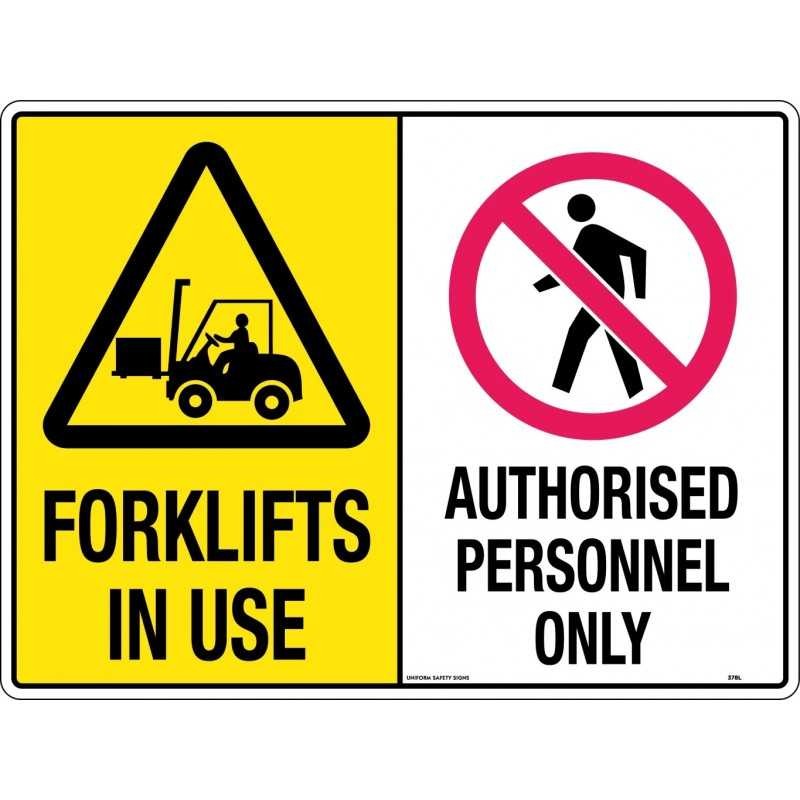

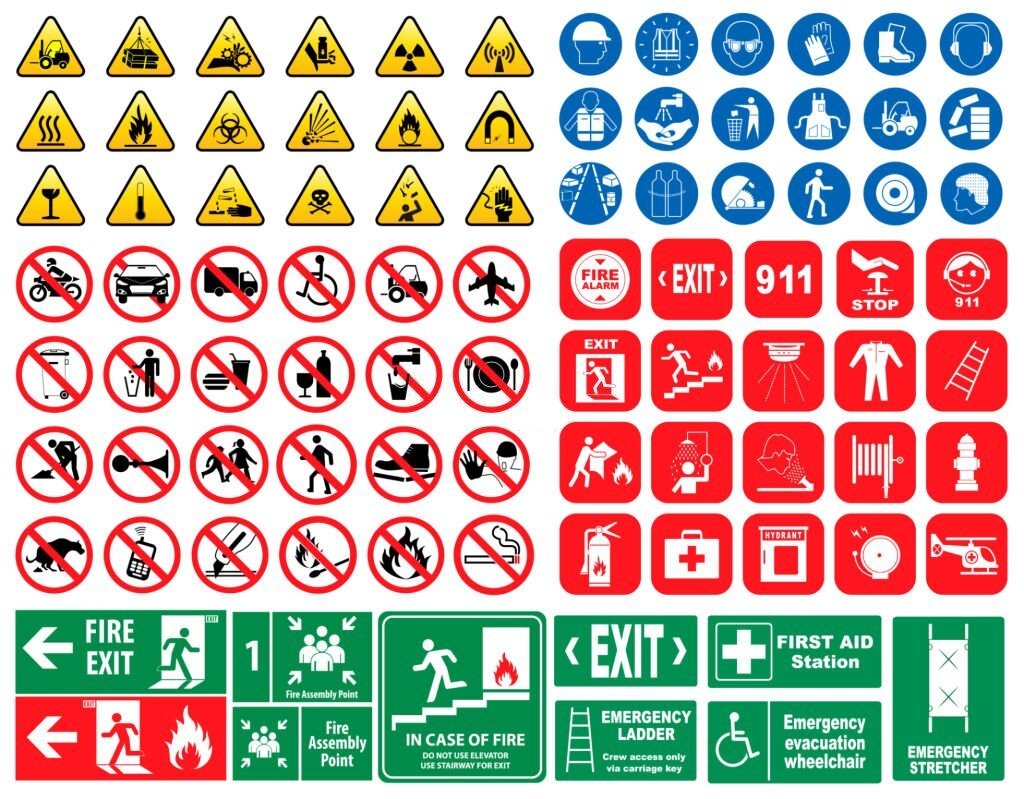
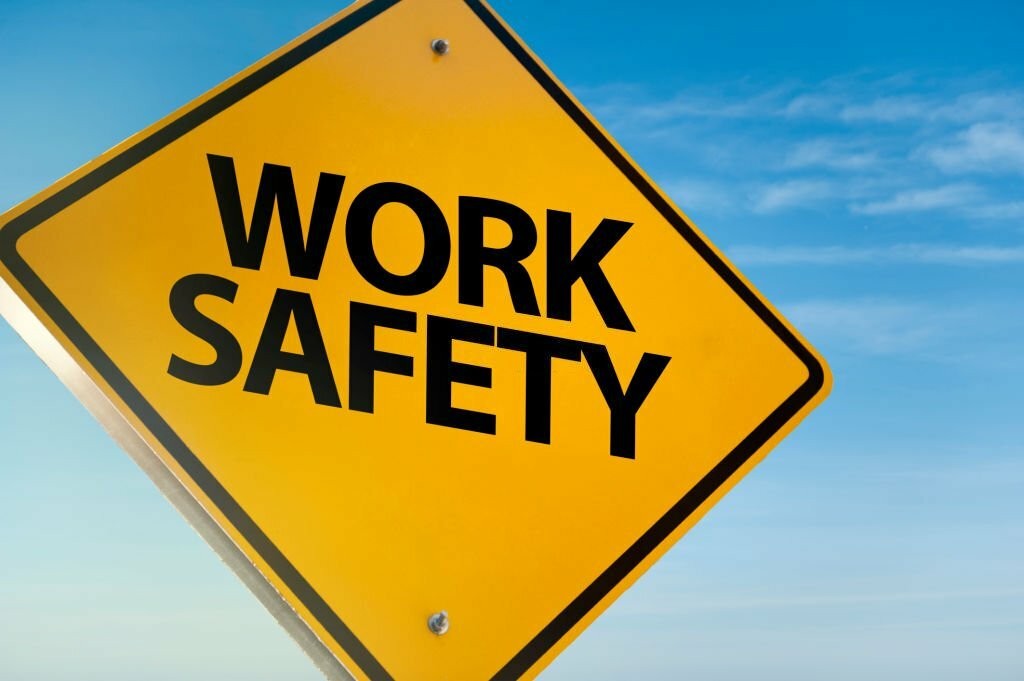
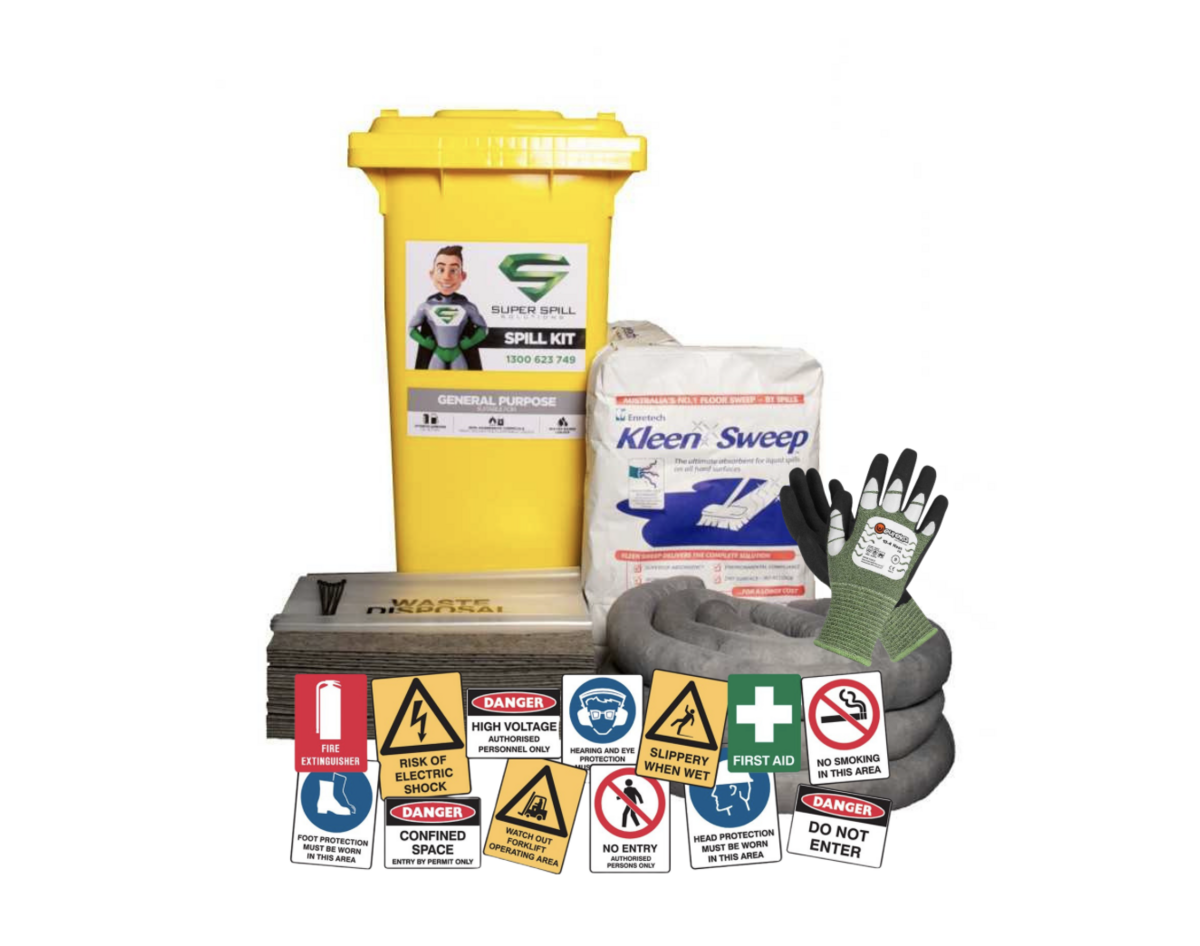
Leave a comment